Maraton vir McArthur
Written by Ferdie Van Wyk.
Potchefstromers en deelnemende atlete het Saterdag, 10 November 2012 tydens die Traumeel KK McArthur-gedenkmarathon en -padwedloop 'n voorsmakie gekry van 'n marathon wat honderd jaar gelede in Stockholm, Swede gehou is. Hierdie moordende marathon is op 14 Julie 1912 deur die Iersgebore
Potchefstromer, Kennedy Kane McArthur in 'n rekordtyd van 2:36:54 gewen.
Die waterpunt voor die eertydse woning van McArthur in Kockstraat 102 te Potchefstroom is deur lede van GGSA: Noordwestak, Erfenis Potchefstroom en die personeel van die Potchefstroomse Museum beman. Geklee in periodedrag en met outydse musiek, gespeel op 'n Outentieke “His Masters Voice” grammafoon in die agtergrond, het hulle die atlete luidkeels aangemoedig en met lemoenskyfies en koeldrank bederf. Nagenoeg 1000 atlete het aan die gedenkmarathon en padwedloop deelgeneem. Onder hulle was Josiah Thugwane, die enigste ander Suid-Afrikaner wat sedertdien daarin kon slaag om 'n Olimpiese marathon te wen en Blanche Moila wat in die jare 70 en 80 die vroue-afdeling van padwedlope in Suid-Afrika oorheers het. ‘n Afvaardiging van 6 Iere, waaronder 2 voormalige burgemeesters van Dervock was, het ook spesiaal na Potchefstroom gereis om deel te wees van die herdenkingsgeleentheid. Almal is dit
eens dat die K.K. McArthur -gedenkmarathon en -padwedloop beslis ‘n jaarlikse instelling in Potchefstroom moet word.
Kennedy Kane McArthur is op 10 Februarie 1881 in Dervock, Noord-Ierland gebore. Hy was die tweede van 5 kinders uit die huwelik van Robert Jamieson McArthur en Mary Ann McArthur . Na sy skoolopleiding was hy 'n posman in Dervock en distrik. Met die uitbreek van die Anglo-Boereoorlog het McArthur by die South African Constabulary aangesluit. Laasgenoemde het in die eertydse Transvaal diens gedoen. As polisieman was hy gestasioneer by Lindequesdrift, Kraalkop en later in Potchefstroom.
In 1904 het McArthur sy eerste wedloop tussen Klerksdorp en Potchefstroom (57 km) voltooi. Gedurende sy atletiekloopbaan het hy aan 'n totaal van 6 marathons deelgeneem en almal gewen. Ten spyte van sy prestasies is hy nie in 1908 vir die Springbokspan gekies, wat sou deelneem aan die Olimpiese Spele te Londen nie. Die eer sou hom eers in 1912 te beurt val, toe hy en sy Springbok-spanmaat, Christopher Gitsham aan die Stockhölm-marathon deelgeneem het. By die
halfpadmerk was Gitsham eerste en McArthur derde. Sowat 3.2 km van die eindstreep het Gitsham by ‘n fontein langs die pad gestop om water te drink. McArthur het aanhou hardloop en die wenstreep in ‘n rekordtyd van 2:36:54 oorgesteek. Gitsham was tweede met 'n tyd van 2:37:52. Van die 69 atlete wat aan die wedloop deelgeneem het, het slegs 34 dit voltooi.
Met McArthur se terugkeer na Suid-Afrika het hy 'n besering opgedoen wat 'n einde van sy atletiek-loopbaan gemaak het. Hy is in 1960.08.13 op die ouderdom van 79 jaar oorlede en in die Potchefstroomse Begraafplaas begrawe.
McArthur se Springbokbaadjie, die lourierkrans wat hy tydens Olimpiese Spele te Stockhölm ontvang het, sy atletieknommer (nr. 613) ,asook sy medaljes en trofeë kan in die Potchefstroomse Museum besigtig word.
- Hits: 2374

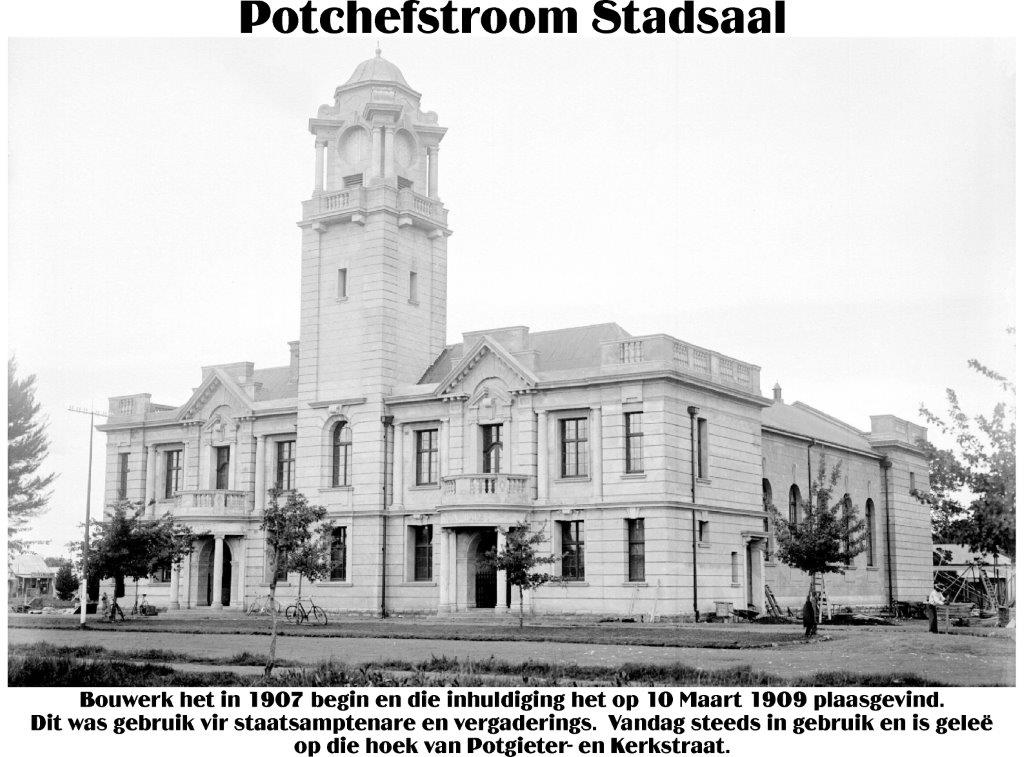 Die Noordwestak is 'n dinamiese tak waar beide beginners, asook meer ervare genealoë tuis voel om hul passie vir familiegeskiedenis uit te leef en met mekaar te deel.
Die Noordwestak is 'n dinamiese tak waar beide beginners, asook meer ervare genealoë tuis voel om hul passie vir familiegeskiedenis uit te leef en met mekaar te deel.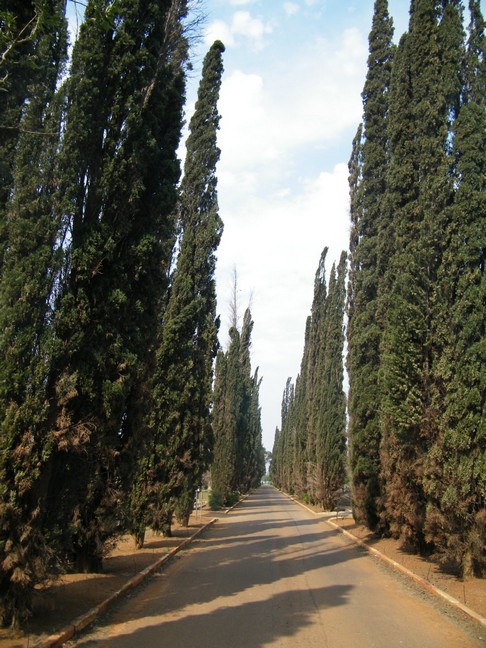 After much planning of and in spite of a lengthy preamble to a project of huge magnitude, seventeen members of the Northwest Province's GSSA acted on Santa's summons to convene at the Potchefstroom Cemetery on Saturday October 1, 2011. Distance proved no problem for members from Parys and Klerksdorp and project-enthusiast arrived at the Potchefstroom Cemetery at 8:30. Everyone came prepared and in good spirit, armed with cameras, extra batteries, memory cards, brushes, chalk, buckets, cloths and of course lots of drinking water. Since it is Potchefstroom, sun screen was applied in abundance and sun-hats worn from the get go.
After much planning of and in spite of a lengthy preamble to a project of huge magnitude, seventeen members of the Northwest Province's GSSA acted on Santa's summons to convene at the Potchefstroom Cemetery on Saturday October 1, 2011. Distance proved no problem for members from Parys and Klerksdorp and project-enthusiast arrived at the Potchefstroom Cemetery at 8:30. Everyone came prepared and in good spirit, armed with cameras, extra batteries, memory cards, brushes, chalk, buckets, cloths and of course lots of drinking water. Since it is Potchefstroom, sun screen was applied in abundance and sun-hats worn from the get go.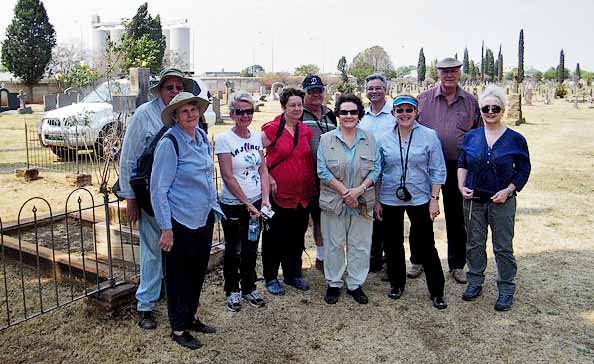
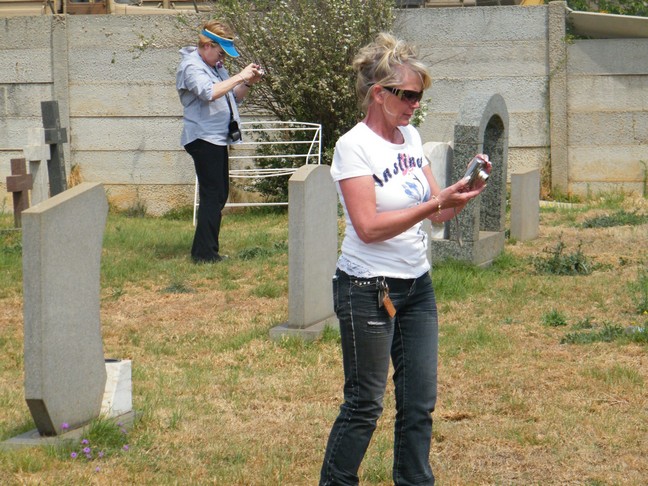 Those who visited loved-ones might have wondered about the “strange people in hats”, but members were not deterred in their duties. Knowledge that epigraphy is used as a scientific method to conduct historical research and the value it has for genealogical research, spurred members on although moments of sadness were felt when photographing the graves of, for instance, babies or entire families that met violent death in accidents.
Those who visited loved-ones might have wondered about the “strange people in hats”, but members were not deterred in their duties. Knowledge that epigraphy is used as a scientific method to conduct historical research and the value it has for genealogical research, spurred members on although moments of sadness were felt when photographing the graves of, for instance, babies or entire families that met violent death in accidents. 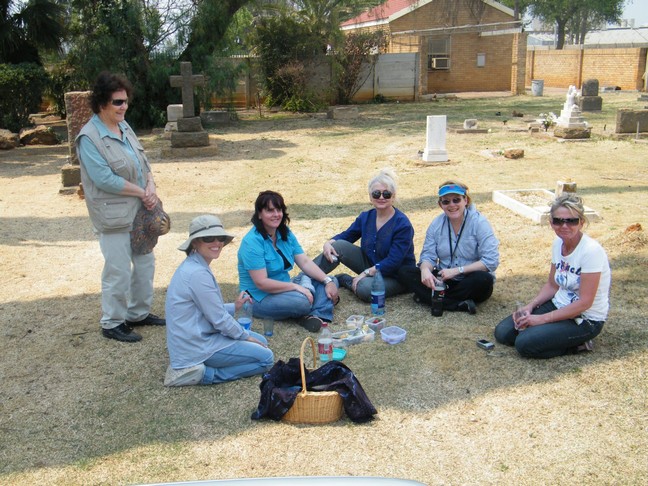
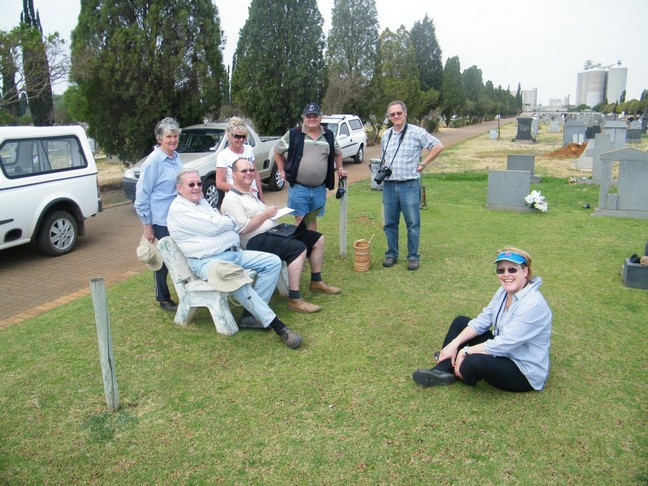
 ted into the ways of the province's GSSA, and although the surroundings were quite peaceful, many members felt relieved that it was a day-time project. Those who visited loved-ones might have wondered about the “strange people in hats”, but members were not deterred in their duties. Knowledge that epigraphy is used as a scientific method to conduct historical research and the value it has for genealogical research, spurred members on although moments of sadness were felt when photographing the graves of for instance babies or entire families that met violent death in accidents.
ted into the ways of the province's GSSA, and although the surroundings were quite peaceful, many members felt relieved that it was a day-time project. Those who visited loved-ones might have wondered about the “strange people in hats”, but members were not deterred in their duties. Knowledge that epigraphy is used as a scientific method to conduct historical research and the value it has for genealogical research, spurred members on although moments of sadness were felt when photographing the graves of for instance babies or entire families that met violent death in accidents. 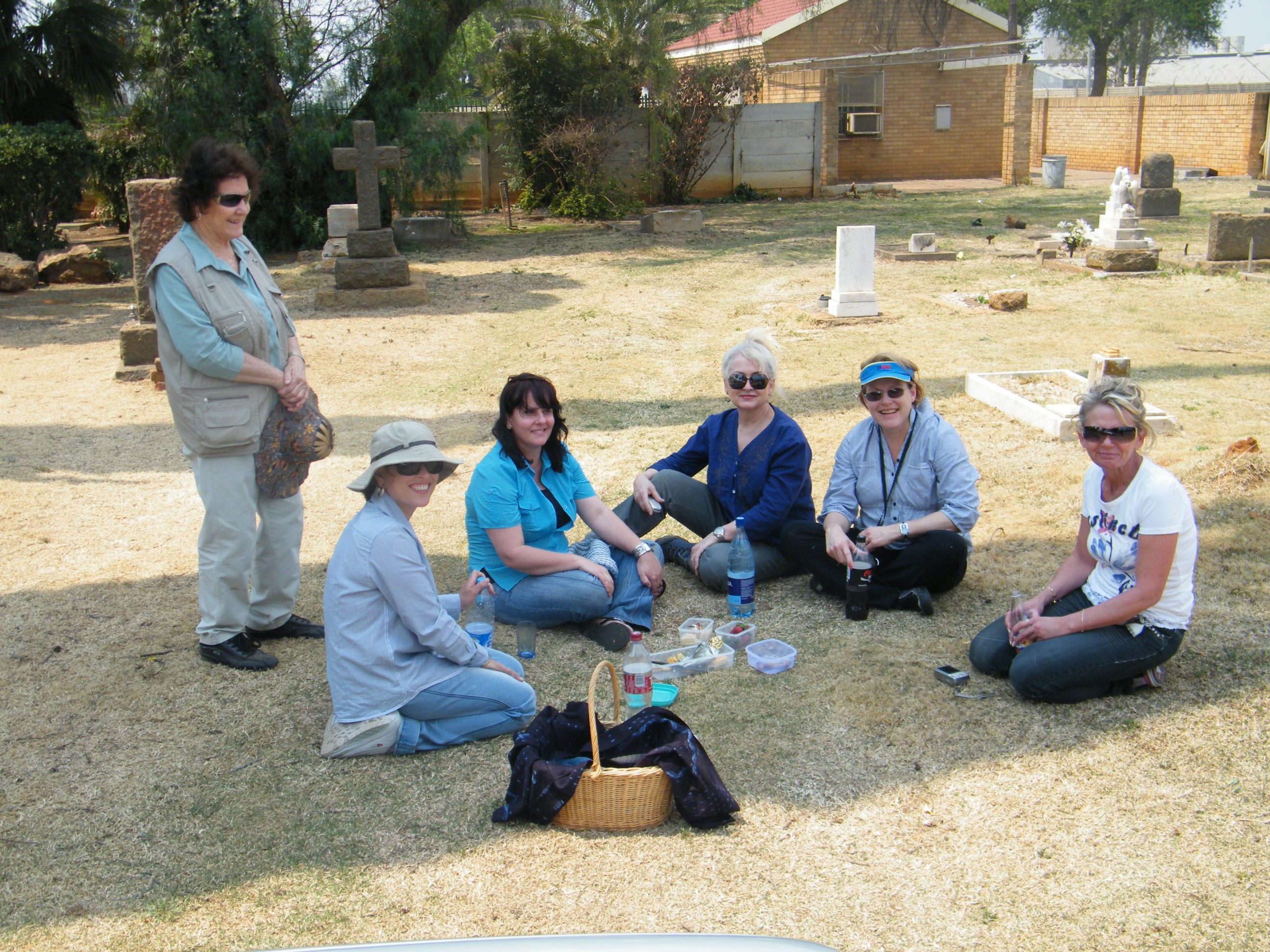 For the photographers is was not a day of all work and no play, and although the day started quite cool, the temperature kept on rising as the day progressed and a formal break brought much relieve to tired feet and parched throats. In true genealogical fashion, the ladies chose a spot near the entrance where a few “lang boompies” provided a little bit of shade, close to the final resting place of some of the sisters of St. Mary's. The photograph shows the ladies relaxing and hospitably sharing in a picnic.
For the photographers is was not a day of all work and no play, and although the day started quite cool, the temperature kept on rising as the day progressed and a formal break brought much relieve to tired feet and parched throats. In true genealogical fashion, the ladies chose a spot near the entrance where a few “lang boompies” provided a little bit of shade, close to the final resting place of some of the sisters of St. Mary's. The photograph shows the ladies relaxing and hospitably sharing in a picnic.